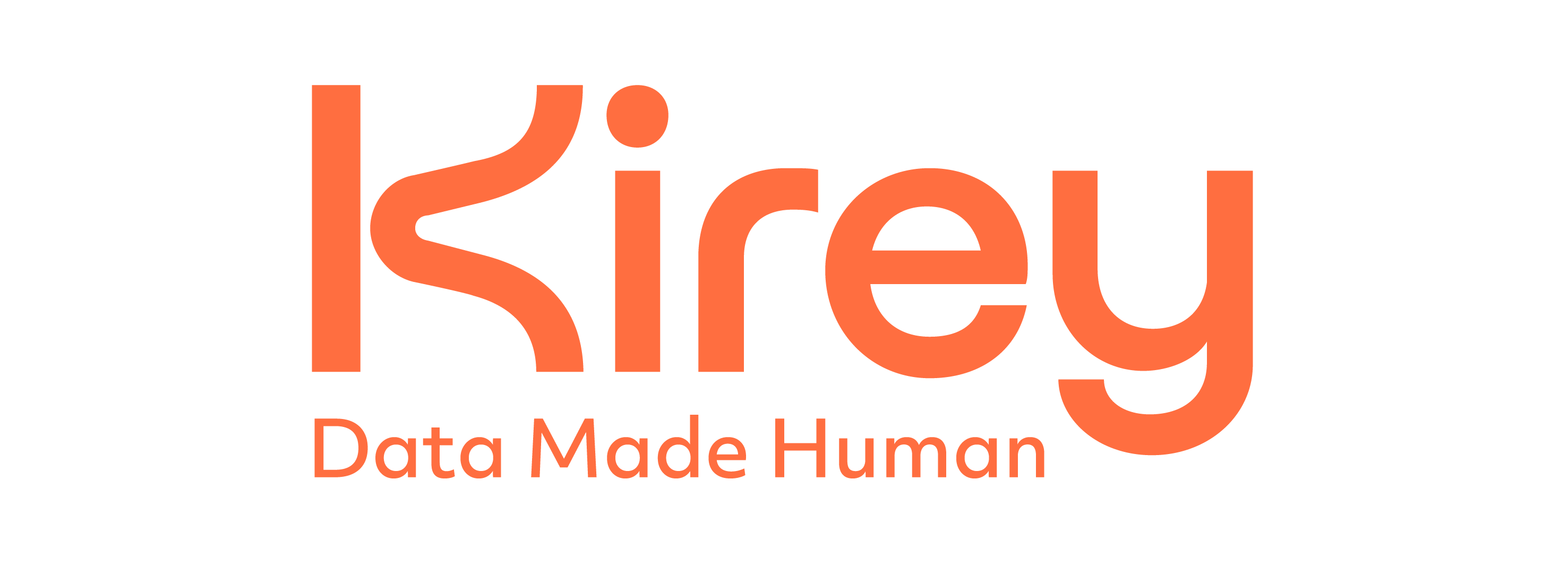In 2024, many organizations continue to rely on legacy systems to support their critical processes. Defining the exact share is quite complex due to the many variables involved; however, according to research from a couple of years ago, 66% of companies still use these technologies to power their core business, while over 60% use them to support customer-facing applications.
We recently addressed application modernization, emphasizing how it is an essential element of digital business transformation. While legacy systems may still meet functional and performance requirements, they can no longer provide the flexibility, integration with modern technologies, and scalability needed to face today's market challenges. Yet, many companies not only continue to use them but place them at the core of their application landscape.
Let’s explore the reasons behind this and suggest some initial steps toward evolution.
Legacy software works
It may seem like a simple observation, but the main resistance to change doesn't stem from costs, the complexity of evolving software architectures, or the need for change management, but from a lack of awareness about its true usefulness. Current legacy applications are the result of gradual evolution and continuous adjustments over the years to meet changing business needs in terms of functionality, performance, and compliance. In these conditions, it's hard for companies to voluntarily increase their risk level, even when they are aware of the need to embrace innovation.
However, this apparent robustness hides significant pitfalls. Continuous software updates can create a complex and fragile system that becomes difficult to understand and evolve. It is practically impossible for these systems to adopt modern security paradigms, which are now integrated directly into software development and management processes, whereas in the past, security was an afterthought.
Lack of in-house expertise
Application modernization, which can take different paths depending on the digital maturity of the existing system and the company's goals, is a complex process requiring skills in cloud architectures, containerization, advanced security, and agile development—areas often not fully covered by internal resources.
Companies that have relied for years on teams dedicated to maintaining legacy systems may find themselves without the necessary know-how to manage the transition to more modern technologies. In such cases, the key is consulting with specialized experts, who should collaborate closely (not independently) with the internal development and system teams.
The cost is certain, but the ROI is not
Many companies view software evolution as a major financial commitment with no guaranteed return—at least, no guaranteed timeframe for return. If there's an option to implement a temporary, albeit inefficient, solution to keep legacy systems operational, the risk of choosing this path is real. However, this perspective ignores the negative impact legacy software has on competitiveness due to a lack of innovation. Competitors, on the other hand, are well aware of this and ready to capitalize on the opportunity.
The need to (properly) manage change
Any transformation faces resistance to change, not so much from the IT department but mainly from end users, whether they are customers, employees, suppliers, or partners. Paradoxically, while employees are often the first to complain about legacy applications, especially in terms of poor and unintuitive user experience, they are also the first to resist radical change.
Modernization is not only about technological improvement but also about rethinking the user experience, a crucial element to ensure that new systems meet the needs of those who will use them. Nonetheless, an effective change management plan must be implemented, including the unconditional support of the company's leadership, clear communication of the transformation’s benefits, targeted training activities, and the direct involvement of users. Listening to their feedback during the transition process can help facilitate the adoption of new solutions.
How to gradually reduce dependence on legacy systems
If replacing legacy systems seems too radical a step, gradual progress can be made with two main objectives: maximizing the capabilities of the current legacy systems, assuming they will be used for a while longer, and simultaneously laying the groundwork for a more profound and impactful transformation.
One of the first strategies adopted by companies is reducing the hardware required to support the operation of critical applications. In this regard, the focus is naturally on the cloud and its infrastructure services (IaaS), which can effectively implement the lift-and-shift concept that forms the basic point of application modernization. Moving to a virtualized infrastructure, with the security and resilience guaranteed by cloud providers, offers an interesting advantage in terms of robustness and scalability, as well as eliminating the costs of maintaining physical infrastructure, from servers to the entire data center structure.
A second option, more complex but more aligned with the concept of application modernization, is migrating specific functionalities of legacy systems to modern technologies, architectures, and infrastructures (cloud). Many mainframe systems integrate functionalities that, in modern offerings, are usually managed by different applications, such as industrial process management and corporate accounting. A company might have invested heavily in developing sophisticated functionality in one of these areas and may choose to keep that portion of the system alive while modernizing the other or even switching the latter to a modern market product (a SaaS solution, for instance, in reporting).
In this case, the legacy system continues to operate but becomes an isolated system on which the company builds integrations to externalize more or less core functions. This reduces dependence on legacy technology and, more importantly, initiates a gradual modernization process that creates a manageable break and, over time, helps the organization transform its processes, make them more fluid, and support them with cutting-edge technology, possibly leveraging AI-based techniques.
